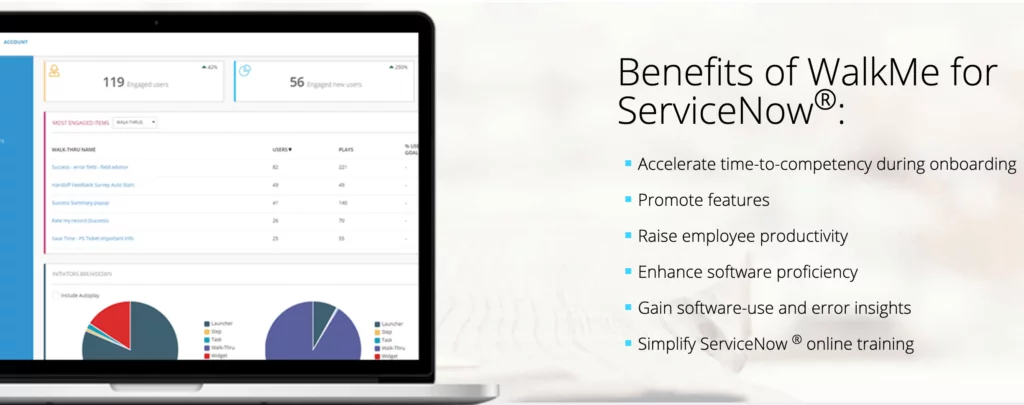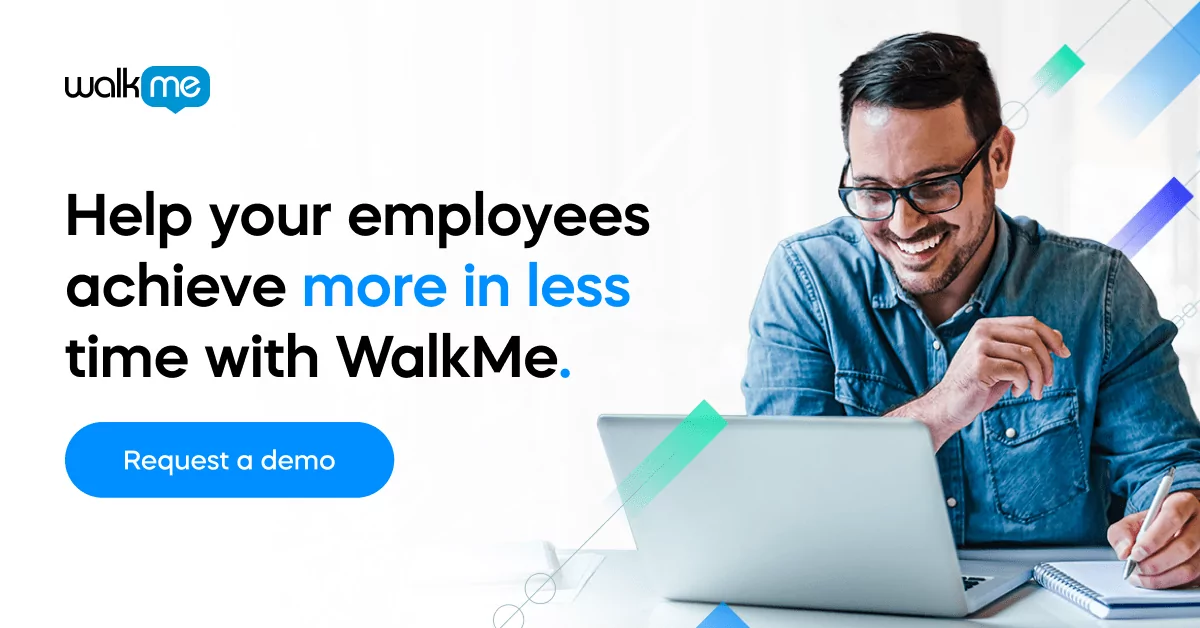Many organizations use ServiceNow to fuel digital transformation, minimize complexity in the workplace, and streamline workflows. To fully realize those benefits, however, ServiceNow training is a must.
As one of the world’s leading platform-as-a-service (PaaS) providers, it should come as no surprise that ServiceNow is performing well, even during the pandemic.
In fact, cloud spending has actually grown during the outbreak, since many organizations have been compelled to work remotely and adopt cloud-based solutions such as ServiceNow.
ServiceNow: the basics
ServiceNow’s versatile cloud platform offers a diverse range of capabilities that span multiple departments, from no-code app development to automation to HR workflow optimization.
Below, we’ll learn more about the platform’s capabilities and then we’ll look at several different ServiceNow training options.
Use cases and capabilities
ServiceNow’s platform can be applied in several departments, but the platform itself revolves around a few key features and functions, such as:
- AI-powered chatbots
- Data and analytics
- Automation
- No-code app creation
Combined, features such as these allow businesses to unify disparate data, technology, and business processes into custom apps and dashboards.
It also includes several existing solutions aimed at improving:
IT tools. ServiceNow IT integrates a number of IT functions under one hood, including IT service management, operations management, asset management, security, and more.
HR workflows. HR can use virtual agents, dashboards, and data-driven functionality to automate tasks, enable employee self-service, and more.
The employee experience. ServiceNow can also integrate multiple business functions, from HR to finance to legal, in order to improve employees’ workplace experience.
Customer workflows. Virtual agents can be used to improve customer service, data can offer deeper insights into customer and product trends, and customer service can be enhanced by closing communication gaps.
Perhaps ServiceNow’s most powerful and innovative feature is its no-code development solution.
Like WalkMe, ServiceNow can be used to automate virtually any business function, without the use of code. This means that employees can create unique apps and automated workflows, which will, in turn, improve efficiency and productivity wherever they are applied.
What are the best ServiceNow training options?
In today’s digital workplace, perpetual learning and ongoing training have become the norm. After all, organizations around the world are regularly adopting new tools, upgrading old ones, implementing new workflows, and undertaking digital transformation.
Employers, therefore, should pay close attention to the performance and ROI of their training efforts, regardless of which platform they are investing in.
This means that training efforts should be viewed as an investment, measured, and improved over time.

It is useful to keep that perspective in mind when evaluating the training options below.
Classes and certifications
ServiceNow offers classes and certifications, which can be found on its website.
Those certifications are certainly useful, but only for a segment of learners.
System administrators and super users, can certainly benefit from certifications and in-depth classes. These classes are advantageous because they are so detailed and comprehensive, but they should not be taken by everyone.
There are a few reasons why. On the one hand, classes take time and they cost money, so it is simply not feasible to enroll all of the platform’s users in a class.
More importantly, however, not every employee needs to be an expert – each employee will use a very specific portion of the tool.
For this reason, it is useful to consider in-app micro-training solutions, such as digital adoption platforms.
Self-study, in-house training and third-party classes
Another option is self-study, through online documentation, help features, or even books. But the outcomes of this approach are highly uncertain and will vary widely from person to person, which will, in turn, have unpredictable results.
Smaller organizations may choose to certify or train specific users, who will then train the rest of the workforce. In some cases, this can be a feasible option, but it places the training burden on newly trained staff and can easily result in the under-utilization of the platform.
There are also a few agencies that provide B2B software training services. This approach may be useful for those who want a specific type of training. It too, however, suffers from the same problem: uncertain outcomes and a significant time commitment.
Digital Adoption Platforms (DAPs) & ServiceNow
Digital adoption platforms (DAPs) are UI layers that exist independently of their target software and offer context-based training directly inside the application.
WalkMe for ServiceNow, for instance, has modules that take users step-by-step through a series of actions or tasks, eliminating the need for classes, research, or technical support.

With WalkMe, employees can begin using ServiceNow immediately, learning as they go.
Like ServiceNow, WalkMe also allows employees to:
- Create custom automation tools for repetitive tasks
- Create virtual agents that can provide employee or customer support
- Use data to better understand software users’ behavior and needs
Two of WalkMe’s biggest advantages include its ease of use and its versatility.
Users can, for instance, sit down with WalkMe and begin learning, working, or automating, even if they have little or no experience with the target application. At the same time, WalkMe’s digital adoption platform can be used to automate countless workflows, all without the use of code.


